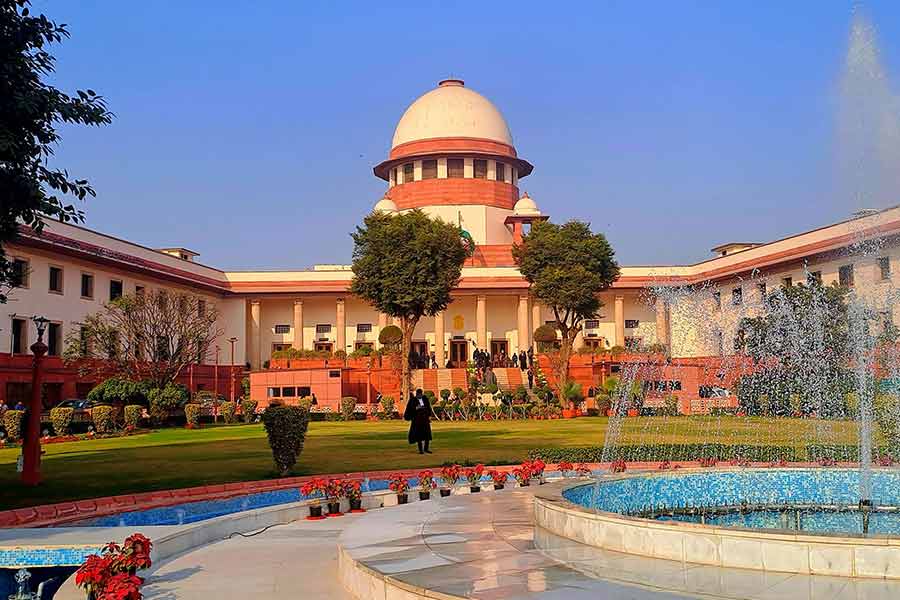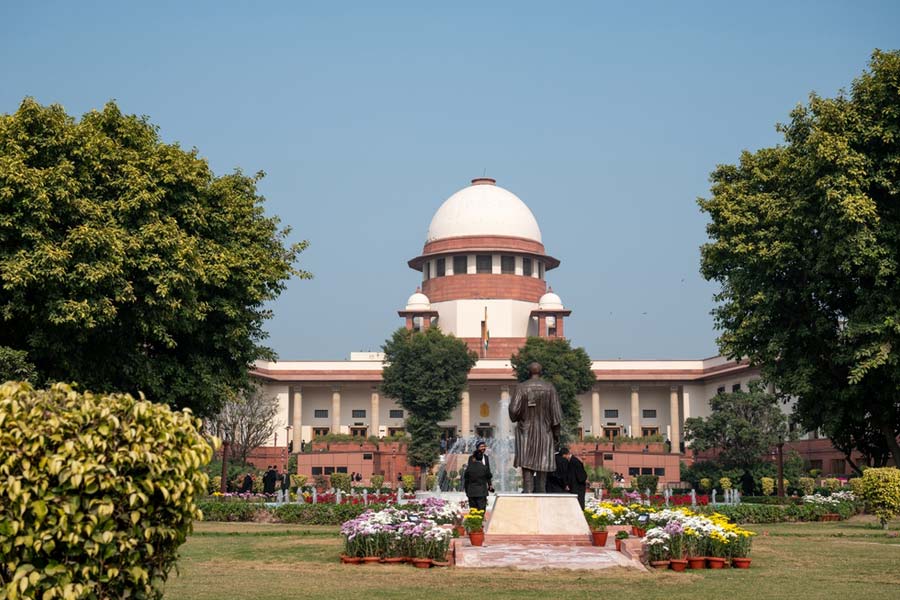Humanity has been aiming for the Moon for quite some time now. Since 1969, the Moon has seen nine successful manned missions — all from the United States of America. Other than the US, Russia, India, China and Japan have achieved soft landings for their rovers on the lunar surface. These missions have been fuelled by the thirst to expand the horizons of scientific knowledge. But the commercialisation of space exploration and the spectre of private space tourism have raised a philosophical dilemma: where does scientific curiosity end and greed begin? This is perhaps why the World Monuments Fund is attempting to protect the Moon from being despoiled by adding it to its list of monuments worth protecting. In the process, the WMF has highlighted almost 100 sites on the Moon that bear the imprint of human intervention.
The WMF’s concern for the Moon’s preservation as a cultural site is intriguing; perhaps even laudable. It has the potential to expand the idea of heritage and preservation. But is the enterprise free of the trappings of geostrategic triumphalism? Consider some of the sites that the WMF seeks to prioritise. Among them is Tranquility Base, the landing area of Apollo 11, where Neil Armstrong’s boot-print is preserved. The list also comprises artefacts such as two golf balls smuggled onto the Moon and one US astronaut’s family portrait. Do these really merit the insignia of heritage? At best, they can be looked upon as personal memorabilia; at worst, they are litter that threatens to choke the lunar surface. More importantly, are these relics representative of the achievement of humanity as a whole? It would be more accurate to describe them as symbols of national — American — as opposed to universal, triumph. The WMF is an American non-profit and not an international body. Its choices of lunar spaces for protection are thus telling. But its endeavour could kick off contesting claims among nations about granting protection to lunar sites. For example, India was the first country to land on the South Pole of the Moon. Surely, that is a significant marker worth protecting as well? The concept of heritage has been, over the centuries, a deeply conflicted phenomenon on Earth. Sites of cultural importance on this planet have risen and fallen according to the tides of politics and resultant conflicts. Humanity must ensure that the Moon is spared renewed rivalry under the garb of the rhetoric of heritage protection.











